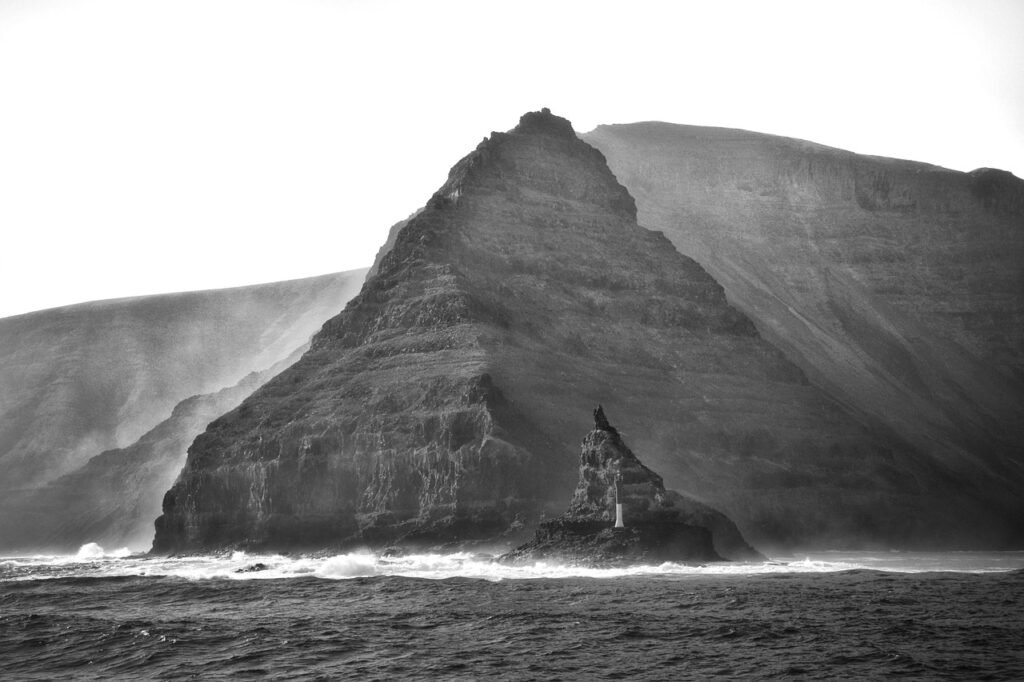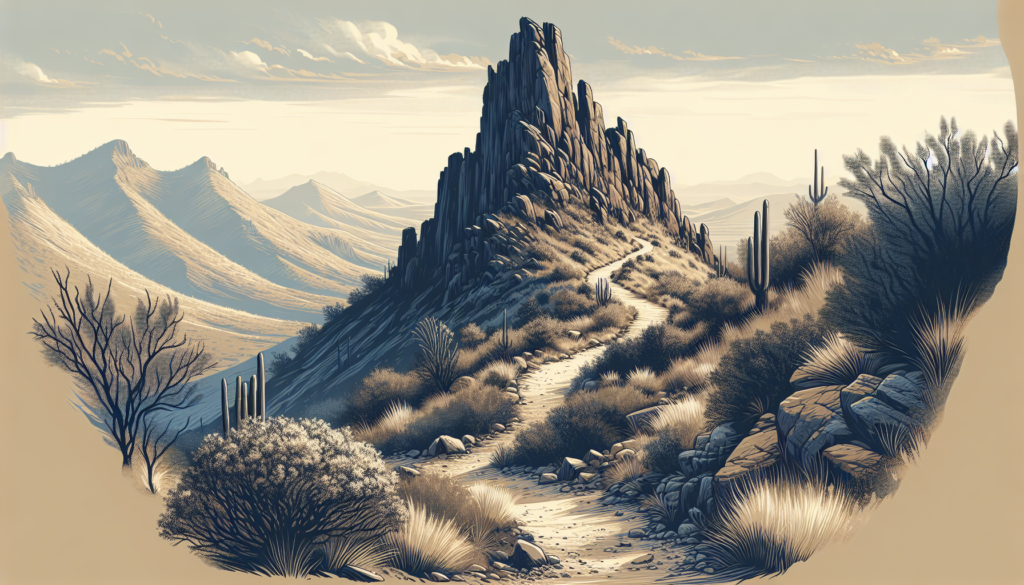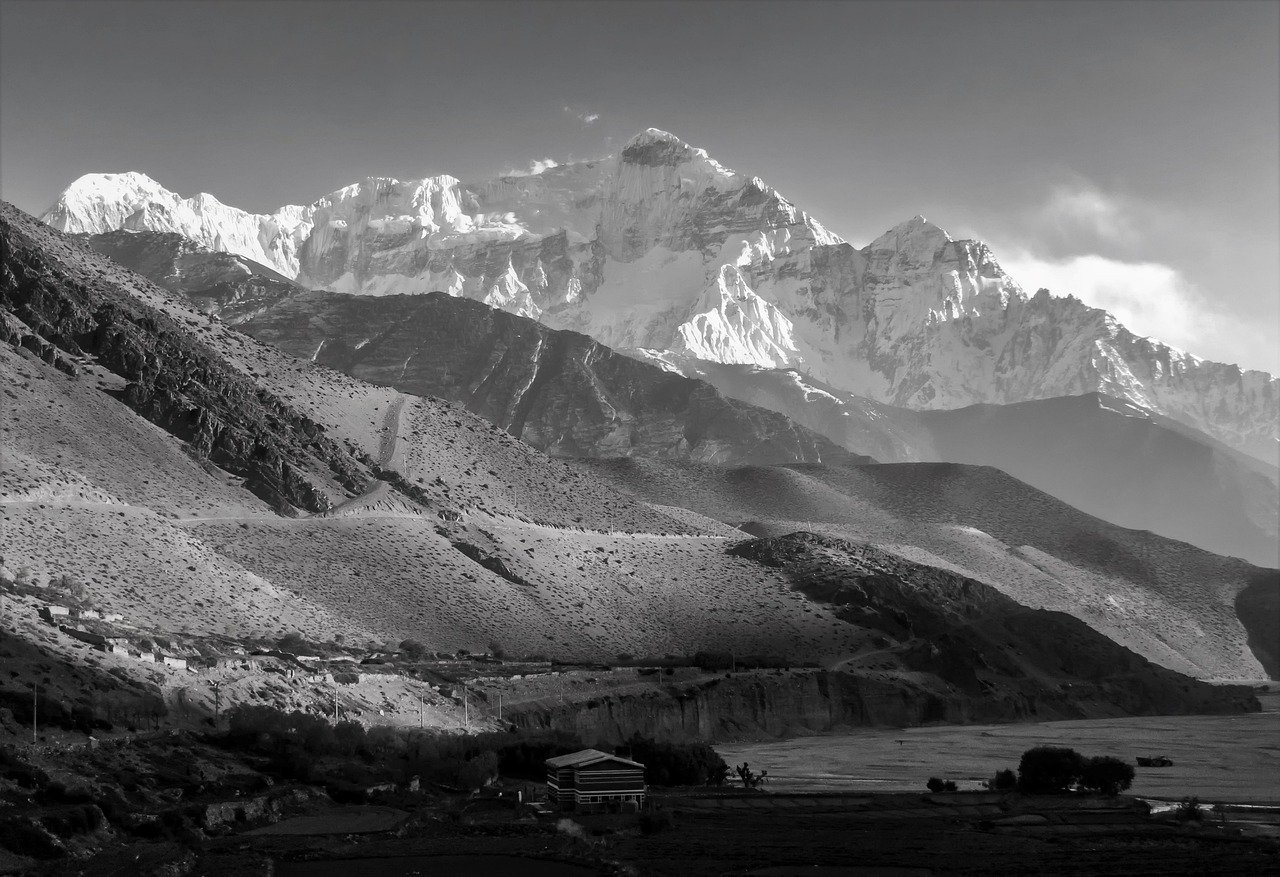Picture yourself lacing up your boots and filling your lungs with the crisp desert air as you embark on an adventure through the rugged landscapes of the Black Mountains in Arizona. This breathtaking region is a treasure trove of scenic trails that offer diverse terrains for explorers of all levels. From the meandering paths that weave through the vibrant desert flora to the challenging ascents that reward you with panoramic views, the Black Mountains hold a mystique that beckons hikers back time and again. Your journey awaits within the folds of these ancient hills, and every step is a testament to the enduring beauty of Arizona’s untamed wilderness.

This image is property of pixabay.com.
Overview of the Black Mountains
The Black Mountains of Arizona are an impressive range that beckons adventurers with its mysterious charm and rugged beauty. What awaits you in this landscape is a fascinating blend of geology, flora, fauna, and history, all under the vibrant Arizona sky.
Geology and Topography
You’ll find that the Black Mountains rest on a foundation of volcanic rocks and ancient lava flows, which date back millions of years. The intricate topography you’ll navigate through features steep slopes and deep canyons carved by the relentless forces of erosion. You’ll marvel at the sight of high ridges and jagged cliff faces as you explore this stark yet beautiful terrain.
Flora and Fauna
As you venture through the Black Mountains, you’ll be greeted by a diverse array of plants and wildlife. From creosote bushes and cacti to vibrant wildflowers, the flora is adapted to thrive in the challenging desert environment. Keep your eyes peeled for the fauna of the region, which includes desert bighorn sheep, coyotes, and rattlesnakes, along with an assortment of birds that paint the sky with grace.
Historical Significance
Your journey also treads through paths steeped in history. The Black Mountains were once a bustling center during the mining boom of the early 20th century. There’s a storied past here, filled with tales of prospectors and the Wild West. As you hike, consider the footsteps of those who walked these trails long before, searching for fortune and a better life.
Climate and Weather Patterns
Prepare for the climate of the Black Mountains, where temperatures can soar during the day and drop at night. You’re likely to experience clear skies, but the weather can change quickly. Rain is sporadic, yet when it comes, it often pours, creating flash floods. Winter can bring milder temperatures and even snow at higher elevations.
Preparing for a Hike in the Black Mountains
Before setting foot on the trails, you should arm yourself with knowledge and gear to ensure a safe and enjoyable experience in the Black Mountains.
Essential Gear and Equipment
When packing for your hike, the essentials include a detailed map, compass, and ample water to combat the arid conditions. Bring along sun protection—hat, sunglasses, and sunscreen—as well as sturdy hiking boots to manage the rough terrain. Don’t forget a first-aid kit, multi-tool, and extra layers of clothing for the fluctuating temperatures.
Safety Considerations
Your safety is paramount. Always tell someone your hiking plan and estimated return time. Be aware of the wildlife—stay at a safe distance, and know how to react if you encounter a snake or other potentially dangerous animal. Lastly, have an emergency plan in case you need assistance. Carrying a whistle and a mirror can be vital for signaling help.
Permits and Regulations
To preserve the wilderness, some areas within the Black Mountains may require permits for hiking or camping. Check with the local land management authorities for any regulations you need to follow. Adhering to these rules helps protect the environment and ensures the area remains unspoiled for future visitors.
Best Times of Year to Hike
The optimal times to hike in the Black Mountains are fall and spring when the weather is milder, and the natural beauty is at its peak. Summer hikes are possible but start early to avoid the midday heat. Winter offers its own unique beauty, though some trails may be snow-covered or difficult to access.
Popular Trail: Mount Wilson Wilderness
One of the most gratifying trails in the Black Mountains is located within the Mount Wilson Wilderness.
Trail Description
The trail weaves through majestic landscapes and challenges you with its rugged terrain, taking you to new heights—both literally and figuratively. You’ll traverse paths that offer breathtaking vistas and quiet solitude, surrounded by the raw beauty of nature.
Highlights and Scenic Spots
As you hike, you’ll be treated to panoramic views and scenic spots that are perfect for resting and taking in the grandeur of the wilderness. You’ll witness towering cliffs, vibrant desert plants, and may even spot a cascading waterfall if the season allows.
Difficulty Level
This trail is not for the faint-hearted. It’s a strenuous trek that requires a good level of fitness and experience in backcountry hiking. Ensure you’re prepared for the physical demands, and always pace yourself to prevent exhaustion.
Access Points and Trailheads
Getting to the trailhead may require a vehicle, as it’s remotely situated. There are designated parking areas where you can leave your car and start your adventure. Study your map prior to arriving, as cell signal can be unreliable in these remote parts.
Family-Friendly Trails
The Black Mountains offer trails that are perfect for families wanting to introduce their little ones to the joys of hiking.
Prospector’s View Trail
This is an ideal trail for families, relatively easy and with plenty of spots that tell stories of the region’s history. The kids will love imagining what life might have been like for prospectors in the old days.
White Rock Canyon Trail
White Rock Canyon Trail offers a gentle route with minimal elevation change. It’s perfect for a leisurely walk where you and your family can appreciate the desert’s unique landscape, dotted with white and light-gray limestone.
Nature Discovery Trail
Embark on a journey of learning and discovery with your kids along this educational trail. The interpretive signs along the path will guide you through the diverse ecology of the region, making it a walking classroom amidst nature.
Guidelines for Hiking with Children
When hiking with children, always plan for breaks and bring plenty of water and snacks. Keep the hike entertaining with games and encourage exploration by pointing out interesting plants, rocks, or wildlife. Always keep an eye on the weather and be mindful of your children’s limits.

This image is property of pixabay.com.
Challenging Hikes: Seeking Thrills
For experienced hikers seeking more of a challenge, the Black Mountains offer trails that test your endurance and skill.
Secret Pass Vista Trail
The Secret Pass Vista Trail provides an exhilarating experience for seasoned hikers. You’ll be rewarded with vistas that will take your breath away, but be prepared for steep sections that will test your mettle.
Bridle Trail
The Bridle Trail is a rugged path that snakes its way through the mountains, offering a taste of remote wilderness trekking. It’s seldom traveled and requires good route-finding skills but offers a true sense of adventure.
Narrow Canyon Trail
As the name suggests, the Narrow Canyon Trail involves navigating through tighter spaces and managing rockier terrain. It’s a journey for the bold, so come prepared for a physical and rewarding challenge.
Precautions for Difficult Trails
On tougher trails, bring extra provisions, including water and food. Consider the use of trekking poles for additional stability. It’s also wise to hike with a buddy or group to ensure safety in numbers. Know your limits, and don’t hesitate to turn back if the trail becomes too perilous.
Wildlife Watching on the Trails
The Black Mountains are a haven for wildlife enthusiasts looking to observe the fauna in their natural habitat.
Commonly Spotted Animals
As you trek, keep your eyes peeled for the common inhabitants of the area. You might catch a glimpse of black-tailed jackrabbits darting away, or the slow, deliberate crawl of a Gila monster. Watch for lizards sunning on rocks, and if you’re lucky, you may spot a kit fox or ringtail cat.
Birdwatching Hotspots
Birdwatchers will be delighted with the variety of avian species in the Black Mountains. From the iconic cactus wren to the majestic golden eagle, the area serves as a significant habitat for both resident and migratory birds. Bring your binoculars and a bird guide to make the most of your birdwatching experience.
Responsible Wildlife Observation
While wildlife encounters can be thrilling, it’s your responsibility to observe animals without disturbing them. Always maintain a safe distance, refrain from feeding wildlife, and use quiet voices so as not to frighten or stress the animals. Your respect enables you to enjoy these creatures while preserving their natural behavior.
Best Times for Wildlife Watching
The Black Mountains’ wildlife is most active during the cooler parts of the day—dawn and dusk. These are the best times to watch them as they forage and interact in their environment. Spring and fall migrations also provide unique opportunities to witness different bird species passing through the area.

This image is property of pixabay.com.
Camping and Overnight Hiking Trips
Beyond day hikes, the Black Mountains offer excellent opportunities for camping and overnight backpacking trips.
Permits and Designated Campsites
Always check if permits are required for overnight stays. Some trails may have designated campsites that minimize environmental impact and provide a safe, regulated space for you to set up camp. These sites often come with the advantage of maintained facilities, but they also might require reservations, especially during peak seasons.
Leave No Trace Principles
When camping or hiking overnight, it’s crucial to follow Leave No Trace principles. Pack out all your trash, minimize campfire impacts, and avoid damaging vegetation. Being a responsible camper ensures that these natural areas remain clean and undisturbed for the next visitors and the wildlife that calls it home.
Packing for an Overnight Hike
Getting ready for an overnight adventure means preparing for all eventualities. Packing essentials include a reliable tent, sleeping bag, and pad, along with food that provides appropriate nutrition and energy. Cooking gear should be lightweight and versatile. Don’t forget plenty of water and a way to treat water you may find along the trail.
Wilderness Camping Tips
For a successful overnight trip, pick a campsite with natural windbreaks and water sources nearby. Always set up before it gets dark, and be sure to hang food in a bear bag or use a bear-proof container to prevent attracting wildlife. Ensure you’re familiar with the topography and any potential hazards that may arise during the night.
Navigating the Trails
Proper navigation is key to a successful and enjoyable hiking experience in the Black Mountains.
Trail Markers and Maps
Upon entering the trails, you will notice markers guiding your path. Combine these with a detailed map to maintain your bearings. Trail markers can sometimes be far apart or difficult to see, so a map is indispensable for keeping you on track.
Using GPS and Tech on the Trail
GPS and other tech gadgets can be incredibly helpful when hiking. A GPS device can pinpoint your exact location, and smartphones often include apps that can aid in navigation. However, don’t rely solely on technology which can fail or run out of power. Always carry a physical map and compass as backups.
Topographic Features to Recognize
Understanding topographic features will enhance your navigational skills. Identify ridgelines, valleys, watercourses, and other prominent landscape features on your map to help you understand the terrain you’re traversing. This knowledge can also be a lifesaver if you become disoriented.
What to Do if You Get Lost
If you find yourself lost, stay calm. Stop moving and try to retrace your steps. Use your map and compass—or GPS—to attempt to regain your bearings. If unsuccessful, stay put to avoid getting more lost, make yourself visible, and signal for help using a mirror, whistle, or improvised marking.

The Cultural Heritage of the Black Mountains
The Black Mountains are not just a natural wonder but also a treasure trove of cultural artifacts.
Ancient Petroglyphs and Pictographs
Scattered throughout the landscape, you may discover ancient petroglyphs and pictographs left by peoples millennia ago. These rock art pieces tell stories of a different time, offering a window into the past.
Historic Mining Sites
Evidence of historical mining endeavors punctuates the landscape. Rusty relics and abandoned mine shafts serve as a reminder of the area’s role in the mining rush. When exploring these sites, tread with care and respect.
Local Legends and Lore
The Black Mountains are ripe with local legends and lore, from tales of hidden gold to the spirits of prospectors who once roamed the hills. Listen to the stories; they add an enriching layer to your exploration.
Respecting Cultural and Historic Sites
When you come across cultural and historic sites, it’s important to respect their integrity. Do not disturb or remove artifacts, and avoid touching petroglyphs and pictographs as oils from human skin can cause damage. By preserving these sites, you help maintain the historical legacy of the Black Mountains.
Resources and Guide Services
To fully enjoy and learn about the Black Mountains, consider the wealth of resources and services available to hikers.
Guided Hikes and Tours
Local guides offer hikes and tours that can provide an enhanced experience, filled with insights and detail you might otherwise miss. They ensure safety and offer opportunities to learn more about the geology, ecology, and history of the region.
Educational Programs and Workshops
Educational programs and workshops are excellent ways to deepen your knowledge of the outdoors. From survival skills to natural history, these programs can offer valuable lessons that enrich your hiking and camping experiences.
Hiking Clubs and Organizations
Joining a hiking club or organization can connect you with fellow outdoors enthusiasts. It’s a chance to share experiences and learn from others, while also pushing you to explore new trails and take on new challenges.
Books and Online Resources
There is a plethora of books and online resources at your disposal to help plan your Black Mountains adventure. From detailed trail guides to historical accounts, equipping yourself with this knowledge will only enhance your journey through the stunning landscapes of the Black Mountains.


